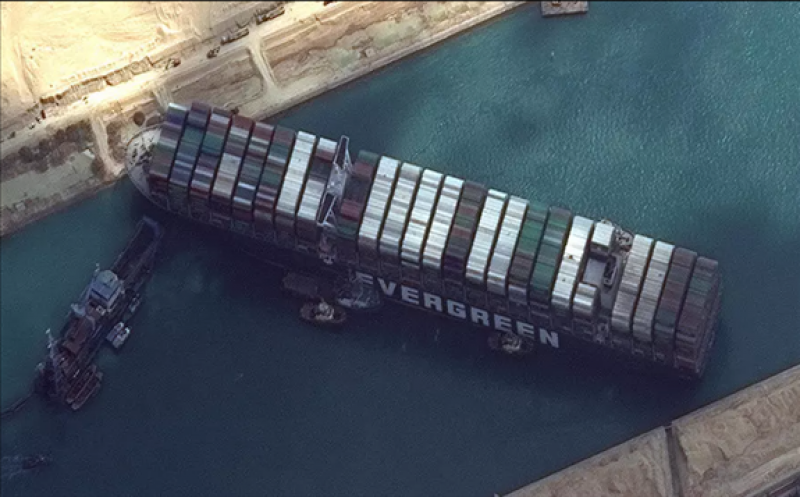The Russian Energy Ministry said March 29 that the logjam in the Suez Canal has barely impacted exports of Russia's key crude grade Urals, which uses other delivery routes.

"Russia's unique geographical location gives it natural advantages in the global energy market in terms of access to the main consumer markets, as well as the speed of delivery of fuel and energy," the energy ministry said in a statement.
Shipping via the Suez Canal has been disrupted since the Ever Given ran aground March 23, closing a route that carries almost 10% of total seaborne oil trade and 8% of global LNG. Early March 29 shipping sources said that the Ever Given has been partially refloated.
"Large Russian export projects such as the Druzhba oil pipeline, oil pipelines to China as well as the Yamal-Europe, Nord Stream, Power of Siberia and Turkish Stream gas pipelines are highly reliable and competitive in terms of transportation costs, and reliability compared to alternative routes of energy supply," the ministry said in the statement.
Russia's Urals is shipped via Novorossiisk on the Black Sea, Primorsk and Ust-Luga on the Baltic Sea, and around 1 million b/d via the Druzhba pipeline to Europe.
The front-month Urals paper market was seen trading at Dated Brent minus $2/b March 26. Front-month Platts ICE Dated Brentclosed at $64.50/b March 26, up $2.73/b day on day.
New supply routes
The Russian Energy Ministry said that due to increasing global energy trade, in particular of LNG, additional supply routes will emerge.
"The Northern Sea Route continues to expand navigation time, which reached 9-10 months in 2020, and has significant potential for expanding volumes of cargo transportation, allowing for a significant reduction in the time it takes to transport goods from Asia to Europe," the ministry said.
The NSR is the shortest route between Europe and Asia, almost one third shorter than shipping via the Suez Canal. However, the route is closed for shipping due to ice for around half the year.
Russia ships LNG, oil and other goods via the NSR. Shipments in 2020 totaled 33 million mt, including over 18 million mt of LNG. State-owned nuclear company Rosatom, which operates the route, said previously that shipments were up 4.6% year on year in 2020, against a target of 29 million mt.
The Russian energy ministry said it expects further growth in supplies in line with Russian President Vladimir Putin's order to increase freight traffic via the route to 80 million mt/year by 2024.
Russia plans to capitalize on the impact of climate change on Arctic Sea ice, as well as development of major oil and gas production projects in the Far North and East Siberia to develop the route, despite ecological concerns.